
Mastering The Art of Decanting Wine: A Beginner's Guide
Don't be intimidated by decanting wine - it's not just for snobs! Learn why and how to do it with this fun, beginner-friendly guide from Your Wines. Cheers to better-tasting...
Chateau Margaux
Chateau Margaux Bordeaux 2019 (Single Bottle) 750ml
Chateau Margaux
Chateau Margaux Bordeaux 2000 (Single Bottle) 750ml
It's difficult to summarize in a few lines, the long and passionate history of the estate, it could be entitled “Once upon a time Château Margaux”.
Known since the XII century, it was called “La Mothe de Margaux” (the Margaux mound) and, at that time, it didn't have any vines.
The old name didn't happen by chance; in a flat region like the Médoc, the slightest “mound” was easily distinguished and the greatest wines are always produced on sloping land that ensures good drainage.
In 1152, Aquitaine fell to the advance of England until 1453 and so Bordeaux wines benefited from this new market. Bordeaux “claret” was adopted as a table wine by Richard the Lion Heart, King of England in the 12th century.
The successive owners of “La Mothe de Margaux” were, of course, important lords but we had to wait for the arrival of the Lestonnac family to set up the estate as we know it today.
Pierre de Lestonnac succeeded, in the ten years from 1572 to 1582, in completely restructuring the property as well as the vineyard and anticipated the general evolution of the Médoc that had started to abandon cereal growing in favor of vines.
At the end of the XVII century, Château Margaux occupied 265 hectares, land that wouldn't be divided again. A third of the estate was dedicated to vines, which is still the case today. England and Holland drank “claret”, a pale wine that didn't age well.
Château Margaux became the epitome for the art of wine-making and the hierarchy between the different Bordeaux growths was already being drawn up.
Château Margaux was born.

Don't be intimidated by decanting wine - it's not just for snobs! Learn why and how to do it with this fun, beginner-friendly guide from Your Wines. Cheers to better-tasting...
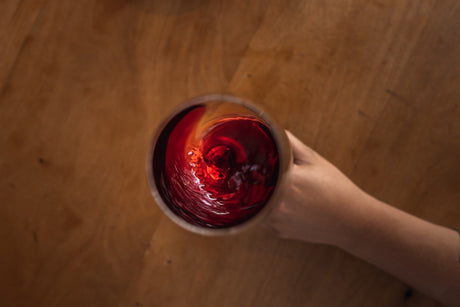
Bored with the same old Pinot Noir? These five alternative red wines share some characteristics of your favourite Pinot but also bring something new to spice things up. Cheers to...
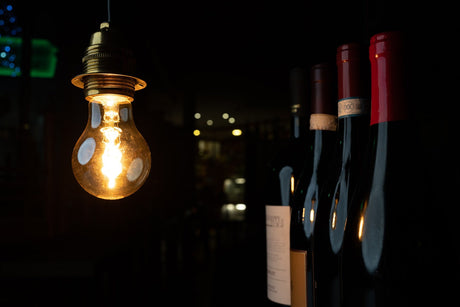
Want to impress your friends with some fancy wine tricks? Look no further! From quick chilling methods to uncorking without a corkscrew, these clever tips will elevate your wine game....

Spice up your New Year's Eve celebrations with our list of the best sparkling wines Australia has to offer. From crisp and refreshing to full-bodied and complex, find your perfect...
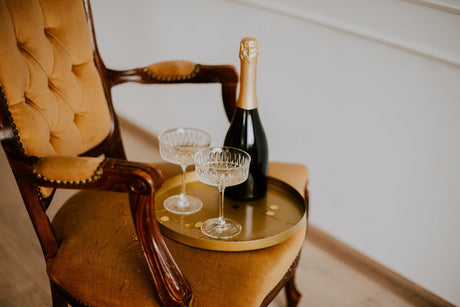
Who says sparkling wine is just for special occasions? Discover 5 fun and unexpected pairings that elevate your everyday Aussie snacking experience. Cheers!
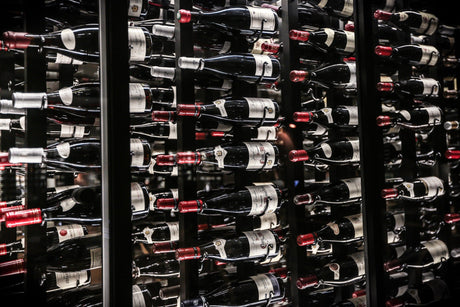
Join us on an adventure to uncover the history and allure behind Australia's love for Shiraz. From its bold flavours to its global recognition, discover why this wine reigns supreme...
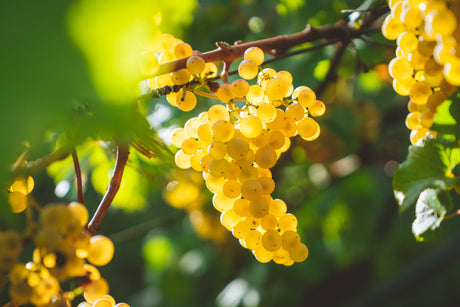
Are you a Chardonnay lover looking to expand your wine horizons? Check out these top five alternative white wines that are sure to impress your palate and liven up any...

Who says celebrations have to be expensive? Check out these five pocket-friendly sparkling wine suggestions that will make your taste buds dance. Perfect for holidays, special occasions, or just a...